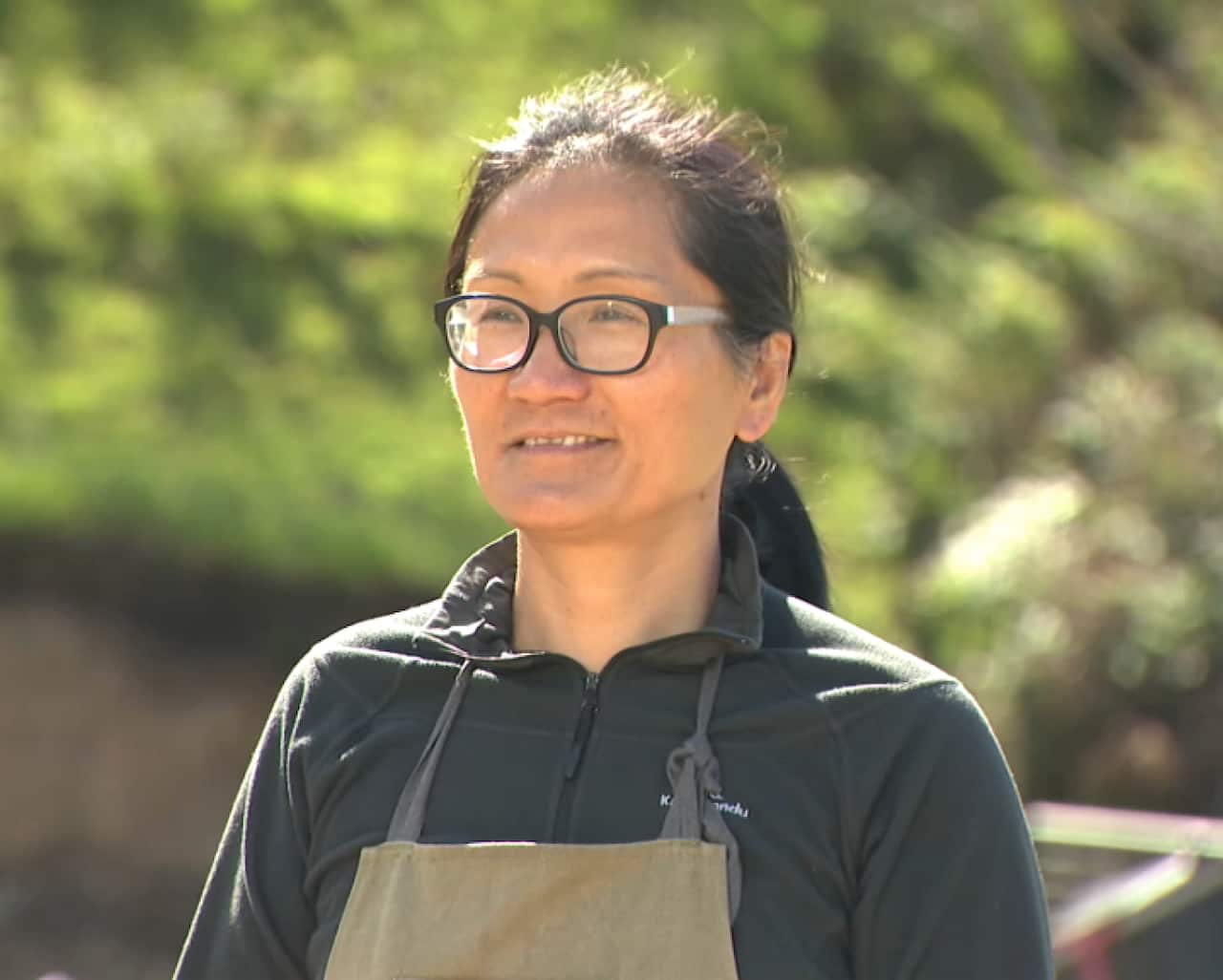Jenny Ye vividly recalls the day her farm was surrounded by flames. It was back in 2009, when catastrophic fires in Victoria resulted in Australia's highest-ever loss of human life, with 173 fatalities.
"The fire came down this hill and towards the back of our house. My husband fought it and he was so distraught he thought that he was going to die," Ye said.
"He called triple-zero, but because at that time it was chaos, no police or fire brigades were available – they were all too busy and people were dying everywhere".

Victorian farmer Jenny Ye is preparing for bushfire season. Source: SBS / SBS Chinese
Across the state, 414 people were injured and more than one million wild and domesticated animals were lost, along with 450,000 hectares of land.
Ye's home was spared but the farm was left badly damaged.
Fire warnings save lives but with temperatures across the country predicted to soar this week, there are warnings of an early and intense fire season.

Fires burning in Flowerdale, 2009. Source: Supplied / Jenny Ye
In Queensland, there are also warnings about cyclones and floods in coming months.
However, authorities are concerned that that many people from diverse backgrounds are not getting the message.
"Most of the information which is available is in English. So often, people who don't speak English or don't prefer using English are left behind," said Richard Ogetii, community executive officer of the Albury-Wodonga Ethnic Community Council.
He's been involved in research with La Trobe University to identify how the growing Indian and Congolese communities in the region engage with emergency services.
While some language resources are available online, he says many are missing out.
"We sometimes say websites are the best places to hide information because people don't go to check information on websites," Ogetii said.
"Also, we have people who are coming from places where there is no functional or emergency service at all.
"And some people do not actually even know that triple-zero is the number to call for all the emergency services".
That has prompted action for in-language warnings for Australia’s CALD communities.
"We need to consider other forms of communication like audiovisual information so that it's not an issue of saying: 'we have put this information on our website, go look for it'".
One solution could be artificial intelligence, including a new AI-powered two-way video system. It can automatically translate information into a range of languages.
In a trial video, a woman speaks in Bahasa Indonesia.
"Then how do firefighters know where I am?" she said.
The system translates the English reply into Indonesian language.
"Our team is coming, we've been briefed on your exact location."
The program is currently being tested within communities in seven languages by the NSW Office of the Chief Scientist, for use by the Rural Fire Service and State Emergency Services.
Tat Banerjee is the CEO of the company behind the technology, VideoTranslatorAI.

Tat Banerjee is the founder of videotranslator.ai Source: Supplied / Tat Banerjee
"However, what is really important is also ability of the community to reach back out to the SES and RFS. And for them we have two-way video translation capability.
"It gives captions in language and the AI will speak back to you in your language".
VicEmergency has also trialled another app which translates emergency warnings into Arabic and Simplified Chinese. The pilot is now under review.

Associate professor Raelene Wilding Source: Supplied / John Jiang: La Trobe University
"People from diverse backgrounds may have a different understanding of what fire means, what flood means, what extreme heat means," she said.
"Migrants bring culturally based, place-based understandings of what fires, floods and heat look like and how you should respond to them.
"So, one of the real struggles is working out how do these things work here, and how do I respond in this situation, because what I used to know doesn't apply".

Richard Ogetii, communities executive officer of Albury-Wodonga Ethnic Community Council Source: Supplied
"People worry about how to pay for an ambulance, or if fire engines came up, how will they afford it. So they don’t call."

Black Summer aftermath at Marysville. Source: Getty / WILLIAM WEST/AFP via Getty Images
Community support is also key, he said.
"Neighbours need to talk, to understand emergency warnings and help each other protect properties. If the plan is to leave, then let people know where you are we going".
Richard Ogetii agrees. He's part of a partnership between the Victorian government, emergency services and more than 1,000 community members, working to spread safety messaging before natural disasters strike.
That's information Jenny Ye said would have been invaluable.

Jenny Ye on her property in Victoria. Source: SBS
For now, Ye and her husband are busy preparing for fire season.
They've made a new bore that is 66 metres deeper.
"My husband has made fire tracks with his bulldozer and he has a 1,000 litre water cart.
"We feel safer, because nothing is as important as your own safety."










